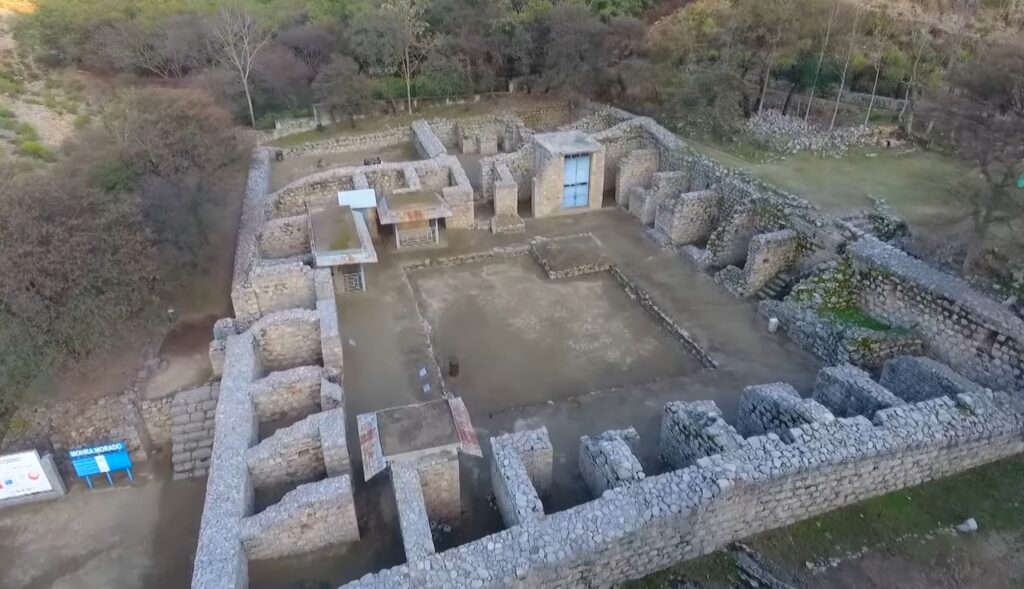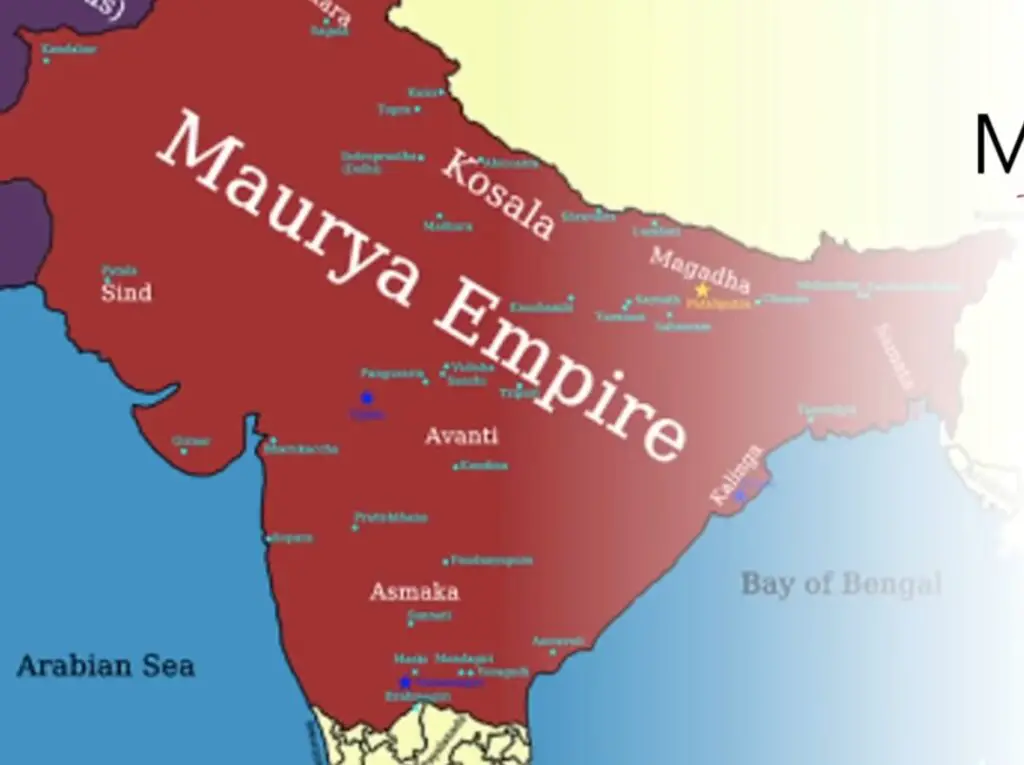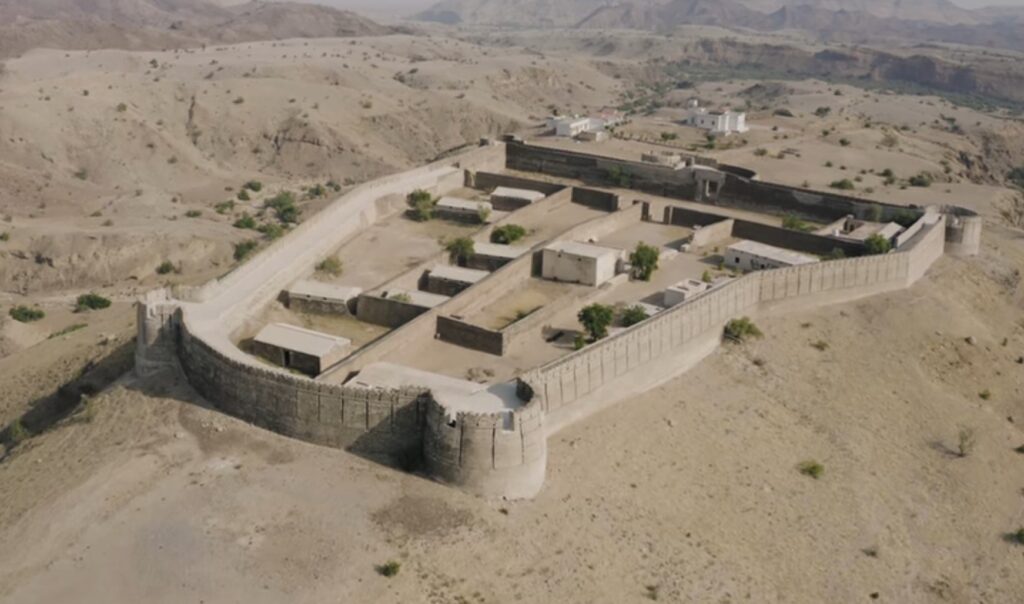The Qing Dynasty, also known as the Manchu Dynasty, was the last imperial dynasty of China, spanning from 1644 to 1912. It was founded by the Manchu people, who hailed from northeastern China and overthrew the preceding Ming Dynasty. The Qing Dynasty witnessed significant political, social, and cultural transformations throughout its long reign. Let us explore the remarkable history and achievements of this influential era.
Founding and Early Reign:
The Qing Dynasty was established in 1644 when the Manchu forces, led by their leader Nurhaci, entered Beijing and proclaimed the Shunzhi Emperor as the first emperor of the Qing Dynasty. Initially, the Qing rulers faced opposition from loyalists of the Ming Dynasty, but they successfully consolidated their power and established their rule over China.
Manchu Rule and Ethnic Diversity:
The Qing Dynasty was unique in its ethnic composition, with the ruling Manchu minority governing a vast Han Chinese majority. To maintain control, the Qing Dynasty adopted a policy known as “ethnic segregation,” which kept the Manchu and Han Chinese populations separate. The Manchu rulers, while preserving their distinct cultural identity, also adopted many elements of Chinese culture and governance.
Expansion and Territorial Growth:
During the Qing Dynasty, China witnessed a period of territorial expansion, reaching its greatest extent in history. Under the Kangxi Emperor (1661-1722) and his successors, the empire expanded into Central Asia, Mongolia, and Tibet. These conquests solidified Qing rule and established their dominance over vast territories, creating a multi-ethnic empire.
Political and Administrative Reforms:
The Qing Dynasty implemented significant political and administrative reforms to strengthen the empire’s governance. Under the reign of Emperor Kangxi, the dynasty introduced the “Eight Banners” system, which organized the military and administrative structure. This system divided the population into distinct banners based on ethnicity and military service, ensuring the empire’s defense and political stability.
Social and Cultural Developments:
The Qing Dynasty witnessed notable social and cultural developments, blending elements of Manchu and Chinese traditions. The dynasty fostered a vibrant cultural atmosphere, with literature, poetry, art, and theater flourishing during this period. Kangxi and Qianlong, two influential emperors of the Qing Dynasty, were known for their patronage of the arts and scholarly pursuits.
The Kangxi Dictionary, compiled under Emperor Kangxi‘s patronage, remains a significant linguistic achievement and one of the most comprehensive Chinese dictionaries to this day. The Dynasty also produced remarkable landscape paintings, porcelain, and distinctive styles of architecture, leaving a lasting artistic legacy.
Challenges and Decline:
Despite its initial prosperity and territorial expansion, the Dynasty faced numerous challenges that led to its decline. Internal corruption, economic difficulties, and the encroachment of Western powers during the 19th century weakened the empire. The Opium Wars, conflicts with foreign powers, and internal rebellions, such as the Taiping Rebellion, further strained Qing rule.
By the late 19th century, calls for reform and modernization grew louder within China. The Dynasty’s inability to address these demands eventually led to its downfall. The Xinhai Revolution in 1911 marked the end of the Qing Dynasty, and China transitioned into a republic.
Legacy of Qing Dynasty:
The Qings left a lasting impact on China’s history and culture. Its long reign witnessed both periods of prosperity and challenges, marking significant social and political transformations. The dynasty’s preservation of Chinese traditions, alongside Manchu influences, shaped the nation’s cultural fabric. The Dynasty’s legacy continues to shape modern China, reminding its people of the country’s imperial past and its evolving identity.
The Qing Dynasty’s legacy extends beyond its political and cultural influence. Several significant developments and enduring legacies emerged during its reign:
Imperial Examination System: The Qing Dynasty maintained the civil service examination system, a hallmark of traditional Chinese governance. The system, which selected officials based on merit, played a crucial role in promoting social mobility and fostering a highly educated bureaucracy.
Manchu Cultural Preservation: The Manchu rulers of the Qing Dynasty took great care to preserve and promote their own cultural heritage. Manchu customs, language, clothing, and traditions were maintained and passed down through generations. Today, efforts to preserve Manchu culture continue, allowing people to appreciate the unique cultural contributions of this dynasty.
Encouragement of Trade and Economic Growth: The Qing Dynasty implemented policies that promoted economic growth and expanded trade. The establishment of trade networks, including the Maritime Silk Road, fostered international commerce and cultural exchanges. Cities such as Guangzhou, Xiamen, and Shanghai became vibrant trading hubs during this period.
Manchu-Qing Rule over Mongolia and Tibet: The Qing Dynasty’s rule over Mongolia and Tibet significantly shaped the historical relationship between these regions and China. It established a complex political structure, blending local traditions with imperial governance.
Population Growth and Social Changes: The Qing Dynasty witnessed significant population growth, with the empire’s population reaching its peak. This growth led to urbanization, the development of new industries, and changes in social structures. Society became more diverse and dynamic, resulting in a rich tapestry of cultural practices.
Historical Records and Documentation: The Qing Dynasty produced extensive historical records and literary works. Emperors, scholars, and officials meticulously documented court proceedings, administrative policies, and cultural developments, contributing to the preservation of China’s history and heritage.
Transition to a Republic: The fall of the Qing Dynasty marked a critical turning point in China’s history. The transition from imperial rule to a republic established the foundation for modern China and paved the way for subsequent political, social, and economic reforms.
The Qing Dynasty’s rich legacy continues to resonate in modern China. Its impact on Chinese society, governance, art, and culture remains significant, serving as a testament to the enduring influence of this last imperial era.
As China embraces its complex history, the Qing Dynasty stands as a reminder of the nation’s diverse heritage and the continuous evolution of Chinese civilization.





